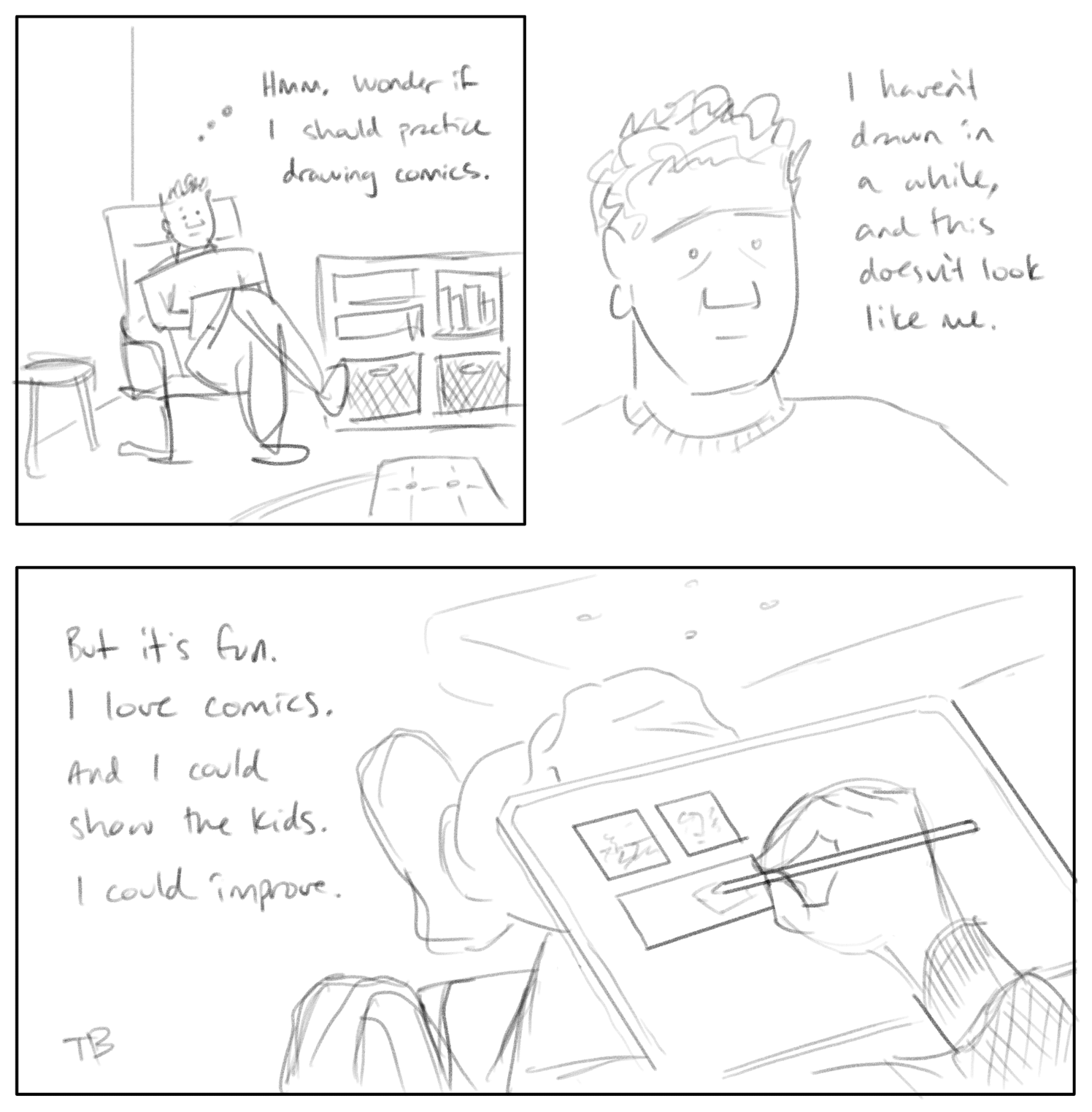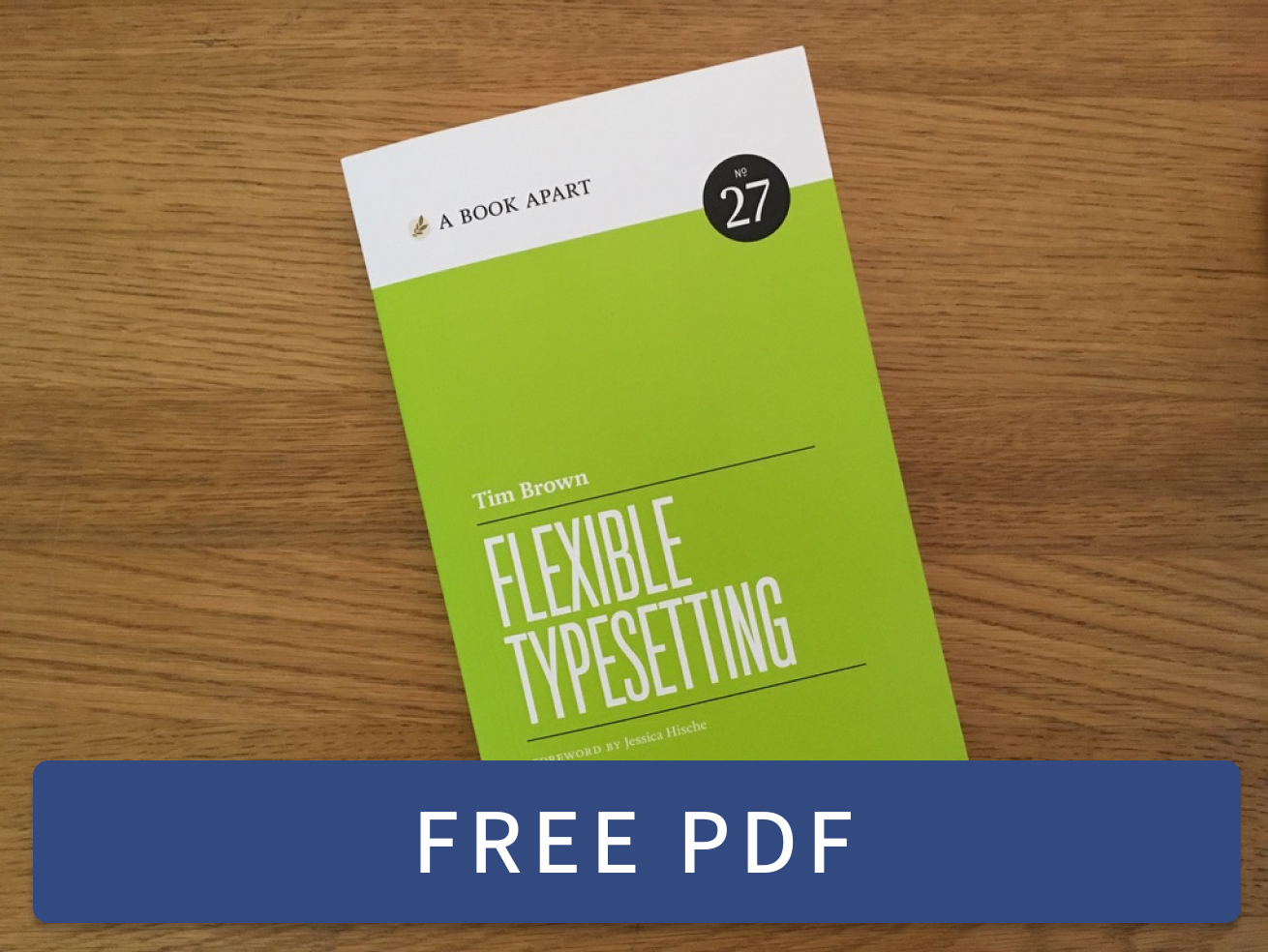Feedback is a gift
I’m fortunate to work with an excellent manager. She gives me freedom, encourages me, and helps me grow. With her guidance, I spent 2023 regularly interviewing customers and managing the prototyping of two concepts that became high priorities for our team (one of them our top priority). It was a wonderful learning experience, feeling out new processes and facing the pressure of strong interest in nascent plans.
But while I was learning and growing, my team was struggling to understand me (and my projects). I know this because my manager gathered feedback from my colleagues, collating and sharing it with me as part of a new coaching process. The feedback touched on my strengths, but I focused on the “areas to improve”.
To be frank, when I first got this feedback I felt many negative emotions. I felt angry, embarrassed, and discouraged. I felt my colleagues judged me unfairly, and I criticized myself as I thought back over the months. I couldn’t settle these negative emotions, so late that evening I dumped all the feedback into a text file and spilled out my reactions line-by-line. Theraputic!
Next morning, after taking a fresh look, I distilled the feedback into five priorities — and realized that my super-smart, hard-working colleagues had given me a playbook for how to be a better teammate and how to improve all of our working lives. These priorities aligned perfectly with the quarterly goals I had just set for myself, so I included them as “coaching improvements” in each relevant goal’s definition of done. Because I have confidence in knocking out quarterly goals, I know I can address this feedback too and make positive changes.
Coincidentally, I recently listened to the Huberman Lab podcast episode with Dr. Adam Grant, in which Grant describes the concept of a “second score”. He tells a story about giving a workshop to high-ranking military officials and receiving tough feedback (they felt he had wasted their time), effectively a low score. Grant felt bad, just like I did. And rather than settle for this, he responded by trying to get a high score on how well he responded to the first score. The second score reflects how well we take feedback.
I’m grateful for my colleagues’ advice, grateful for my caring manager, and grateful for my ability to respond with understanding and agency. And I’m shooting for a high second score.

 Flexible Typesetting
Flexible Typesetting Practicing Typography Basics
Practicing Typography Basics